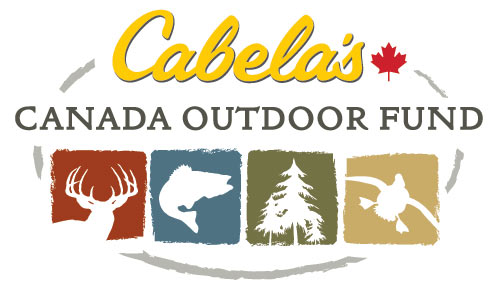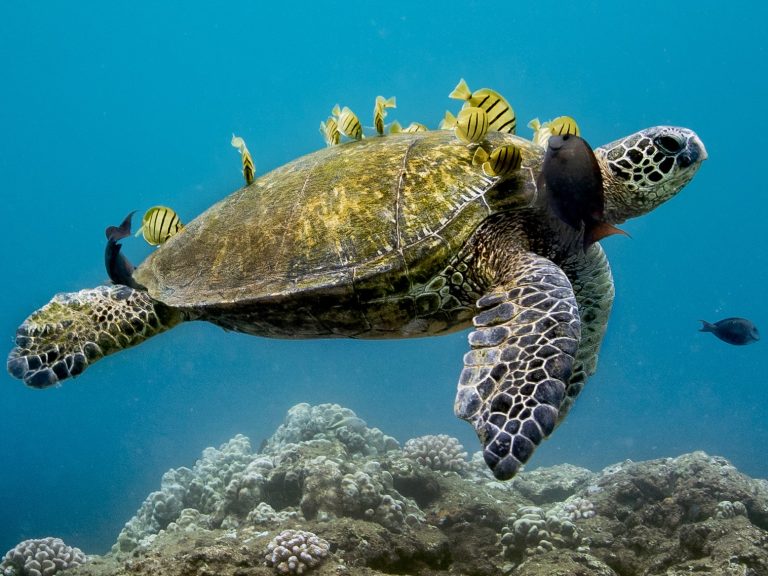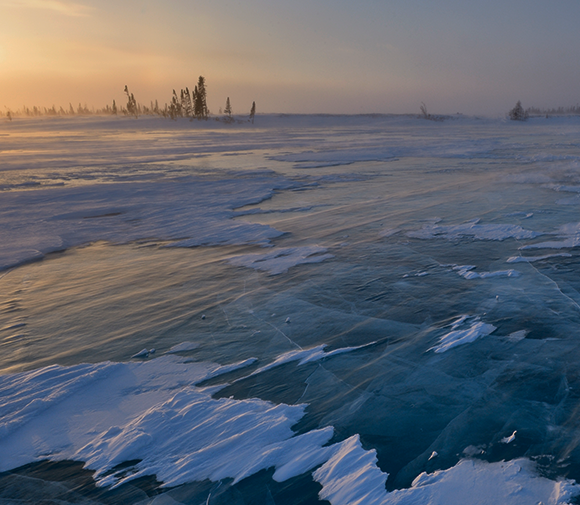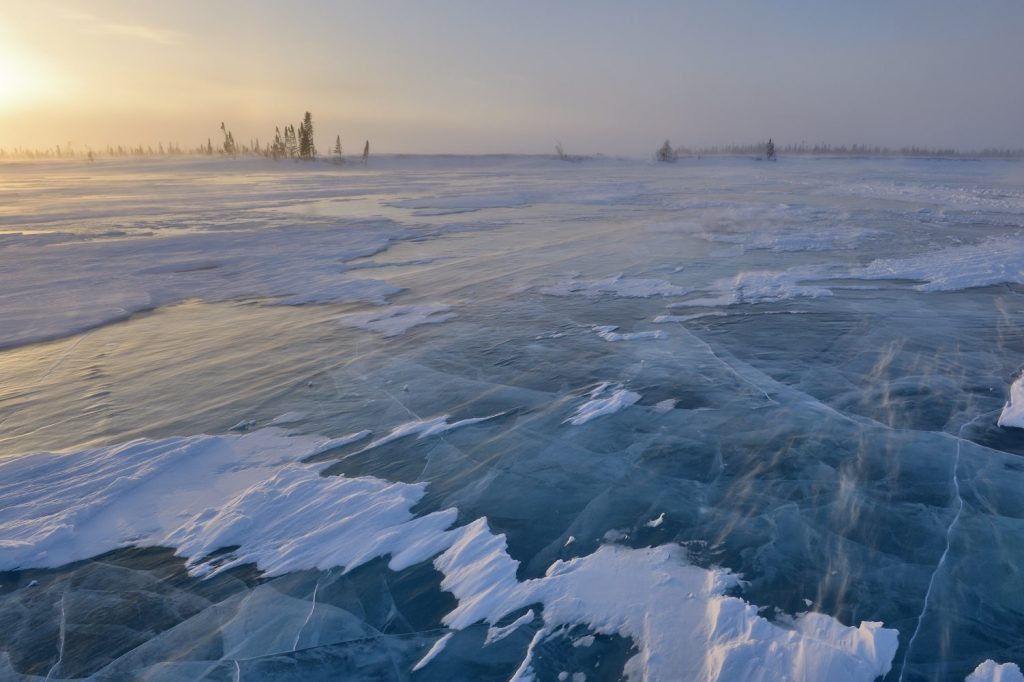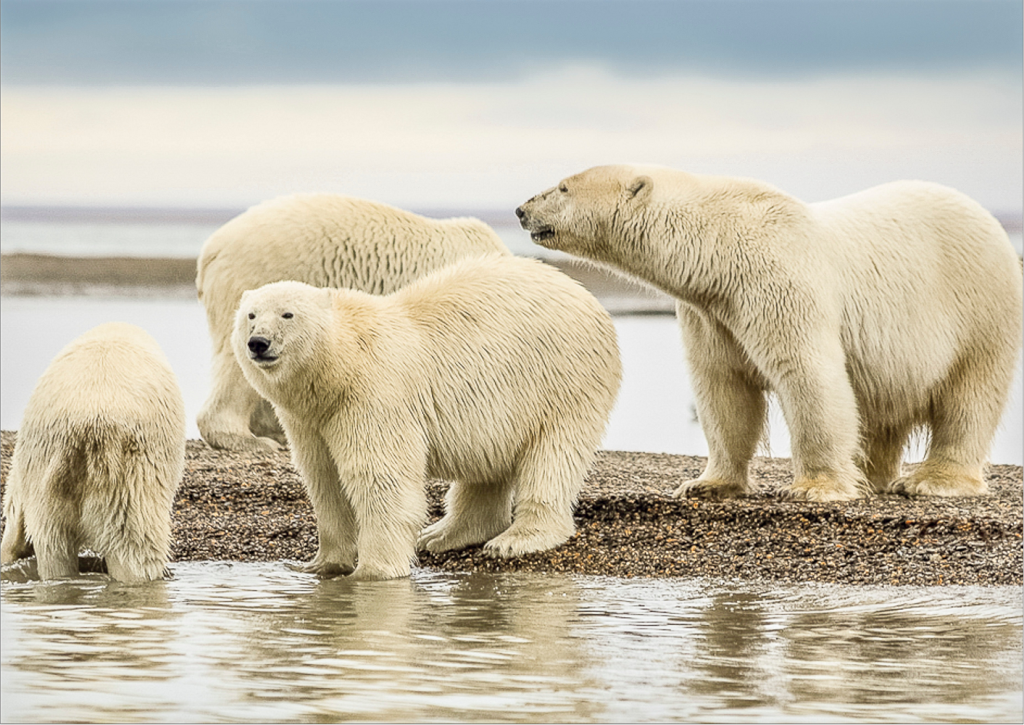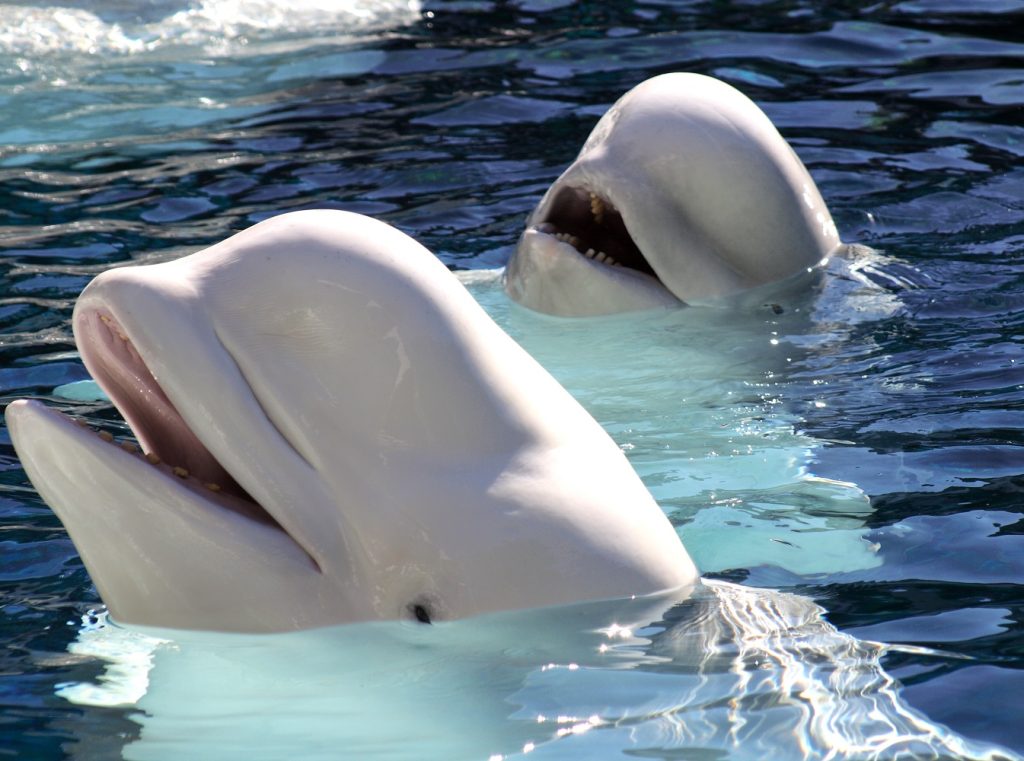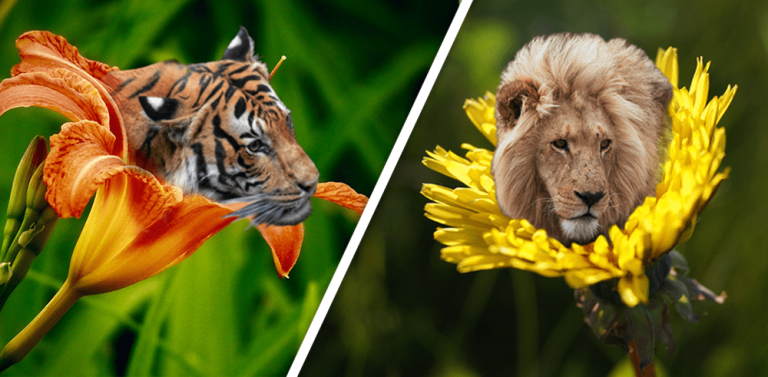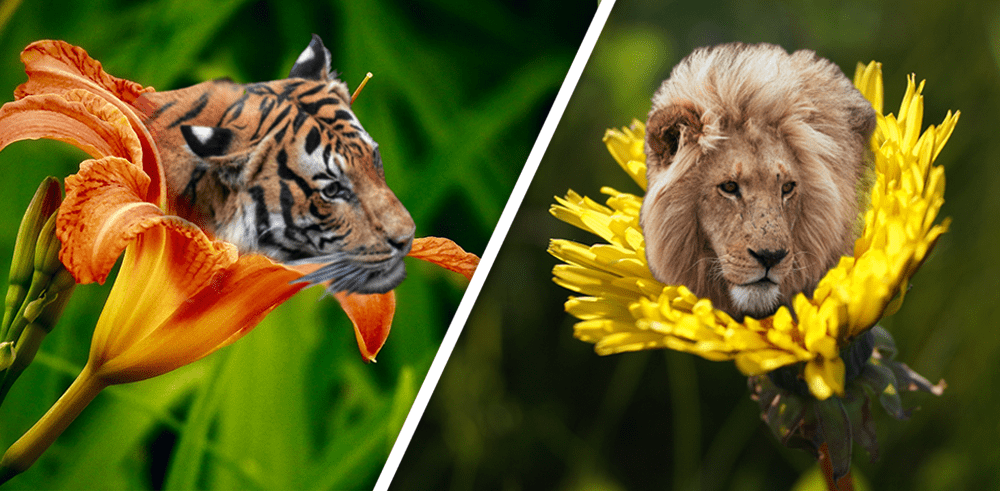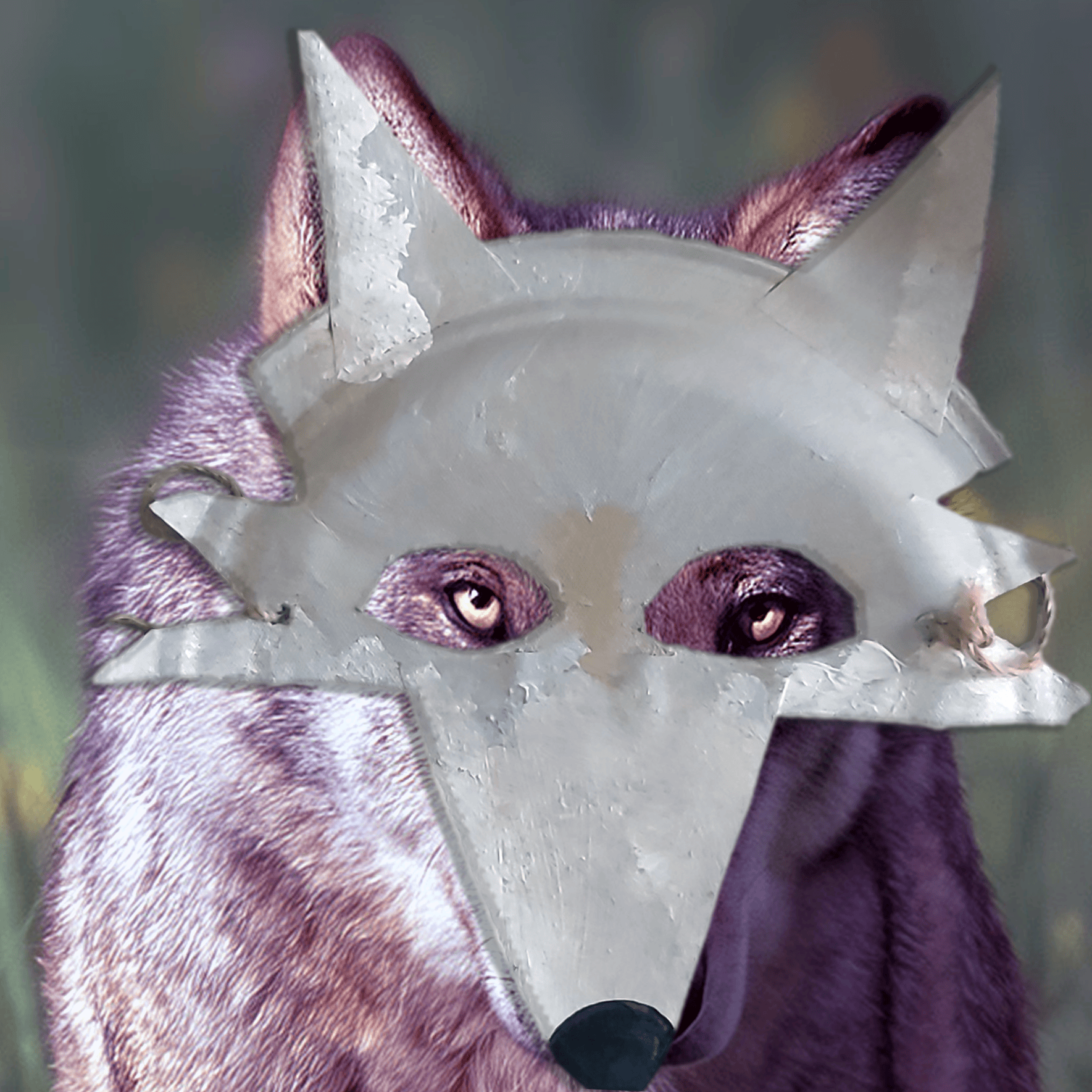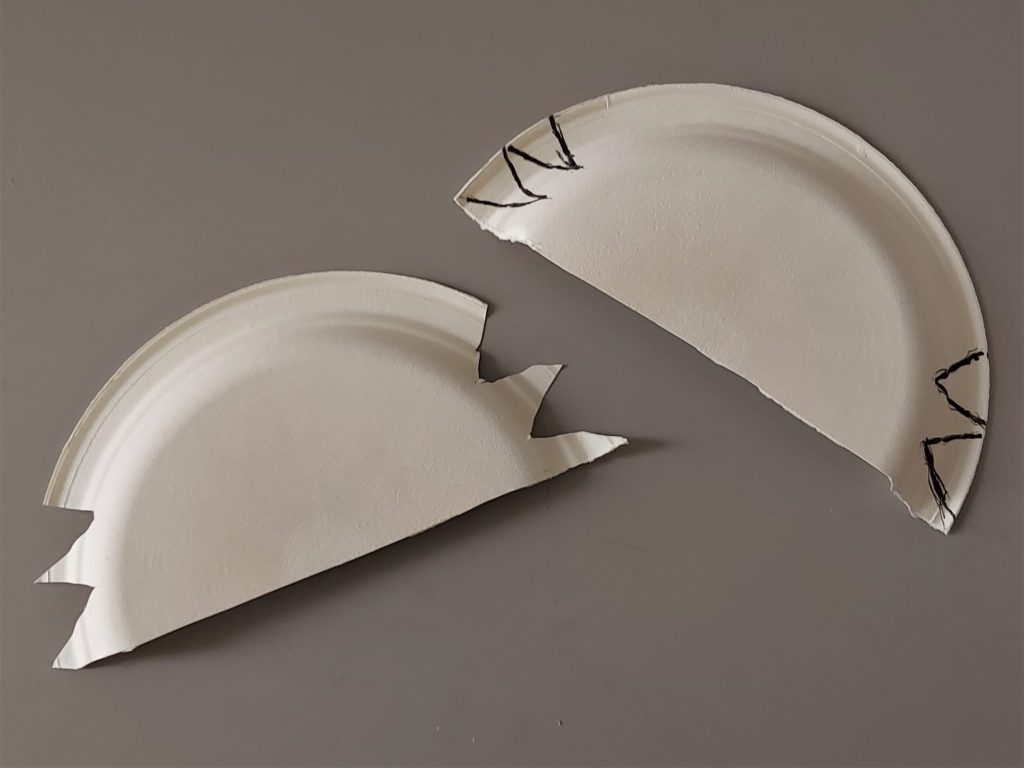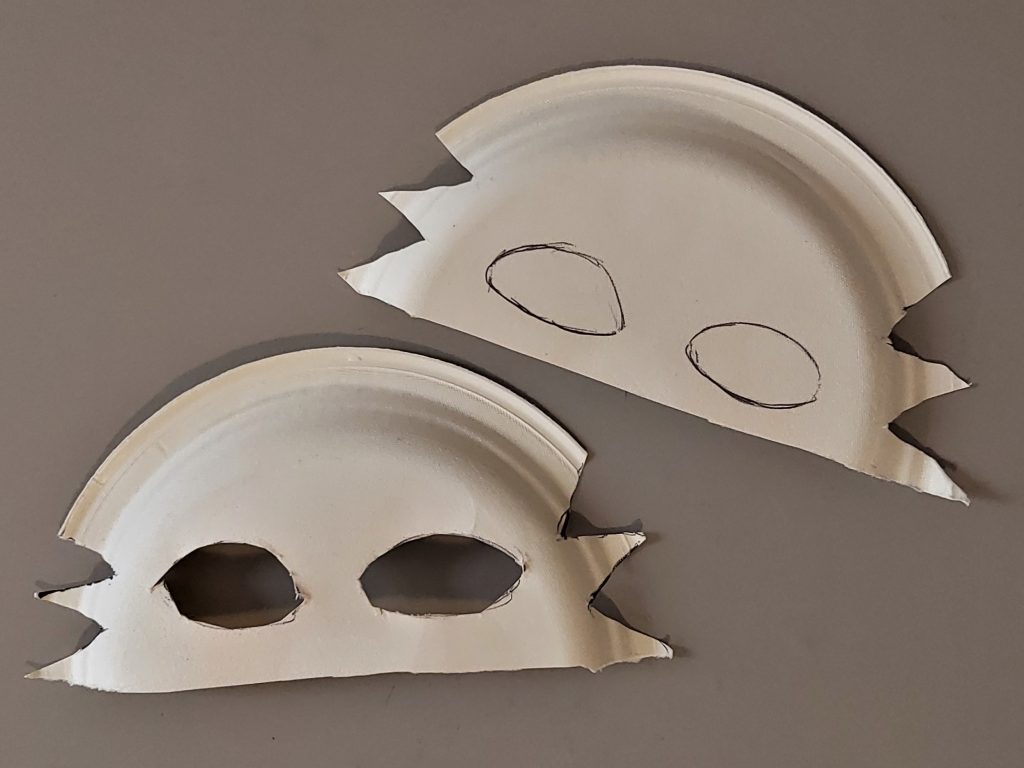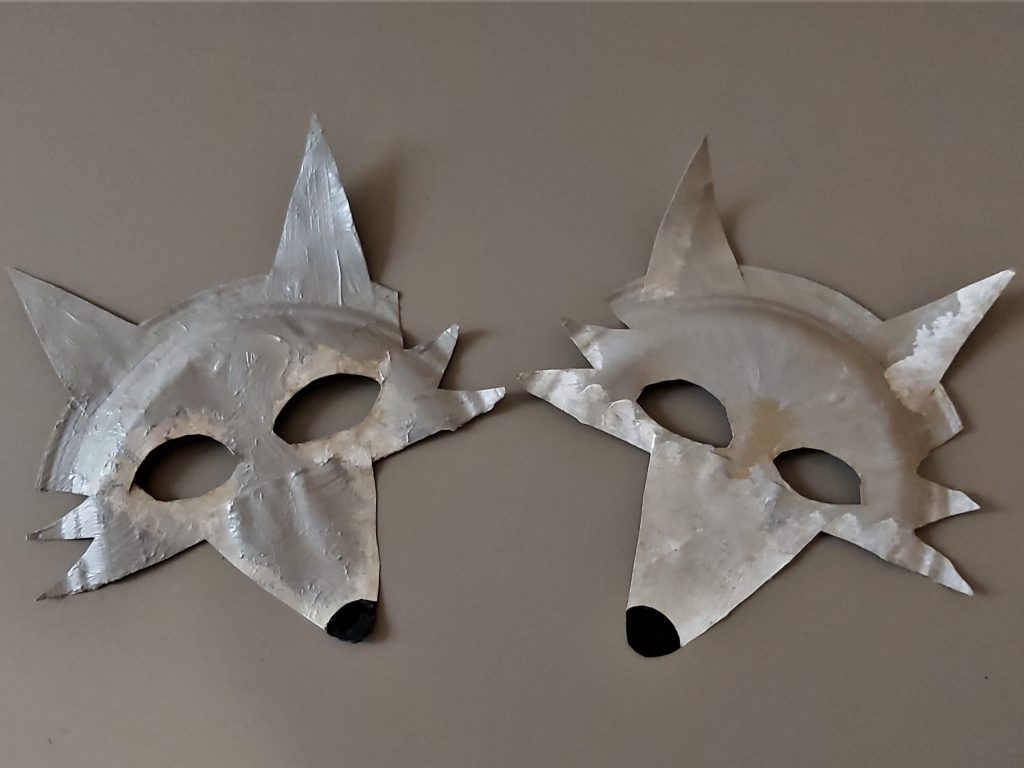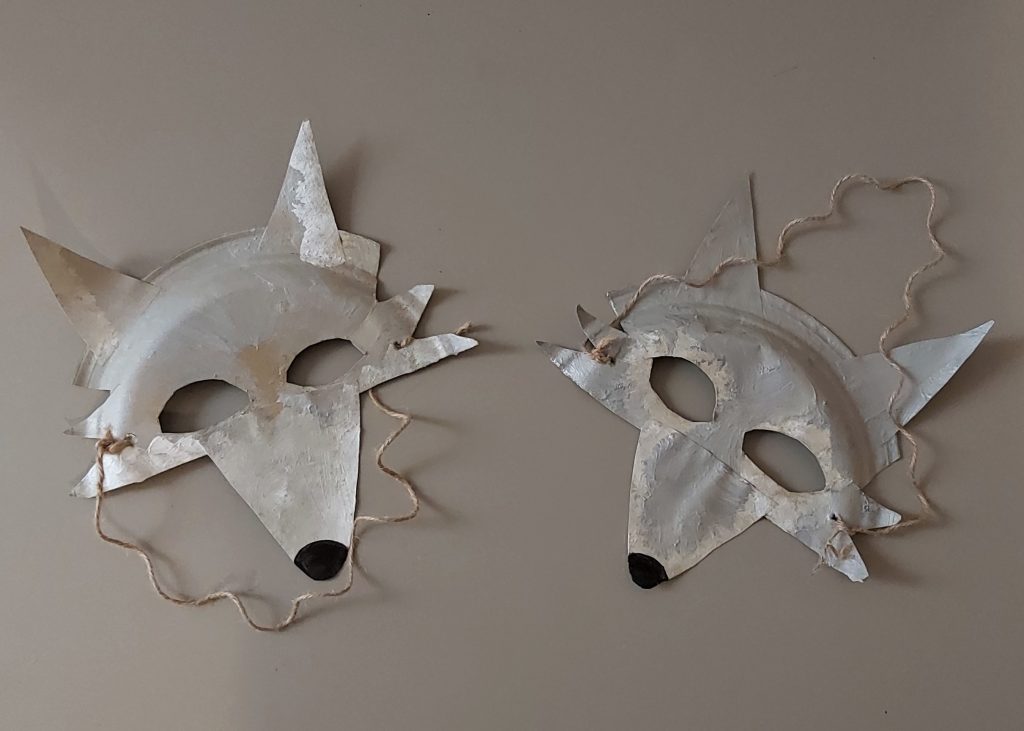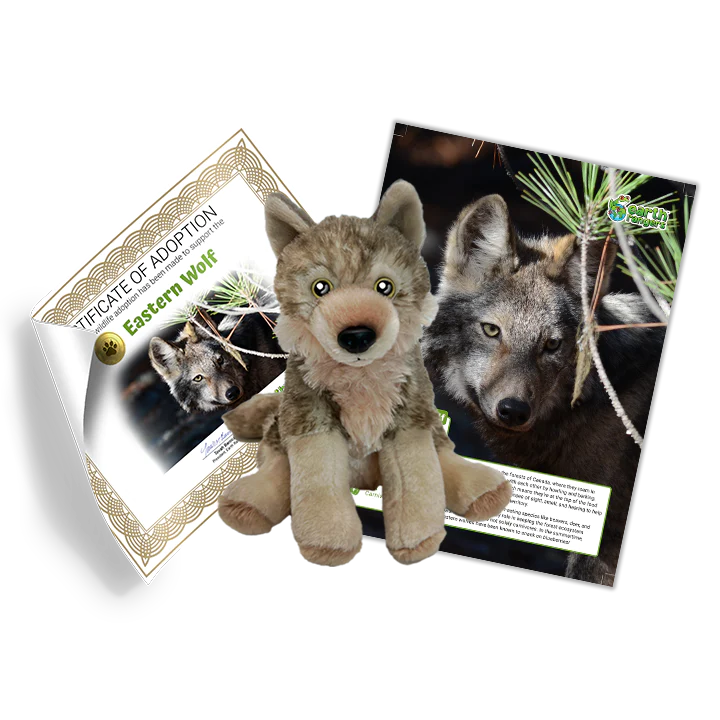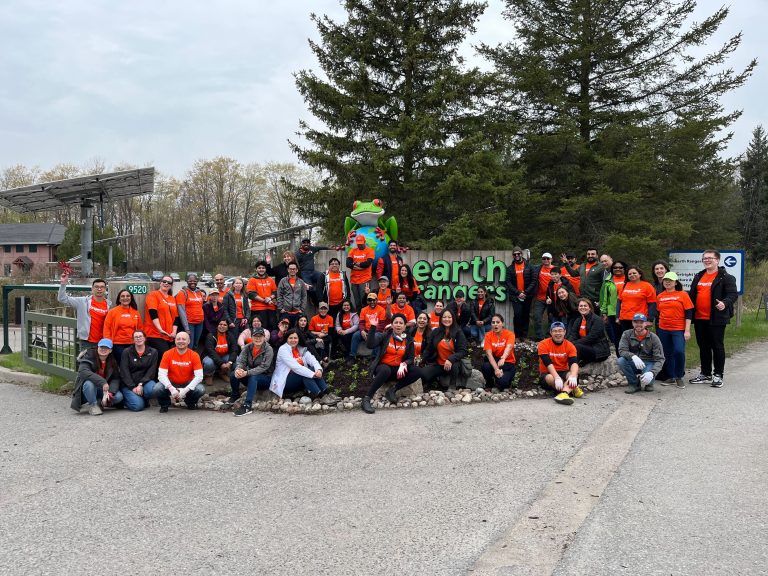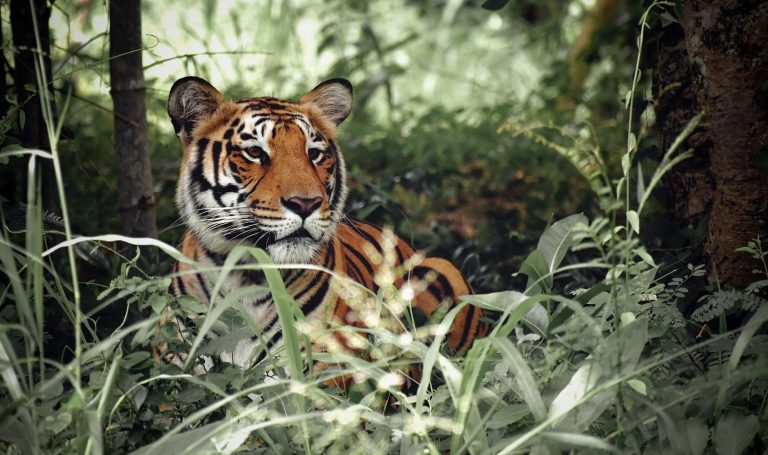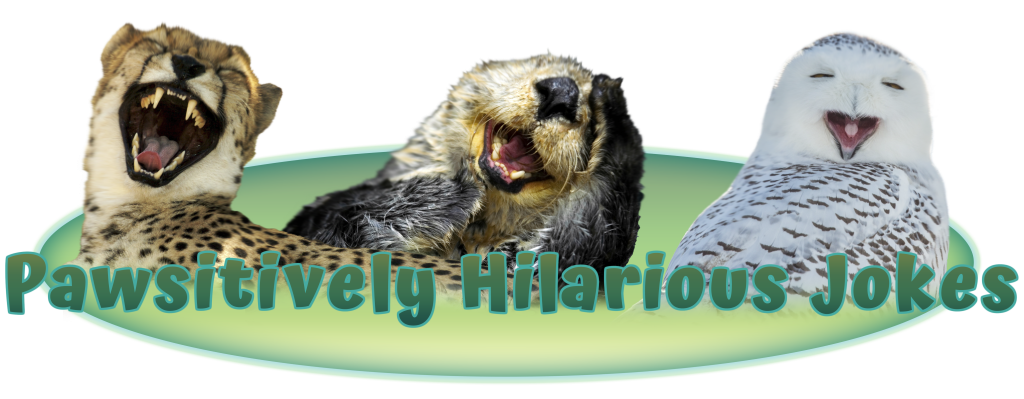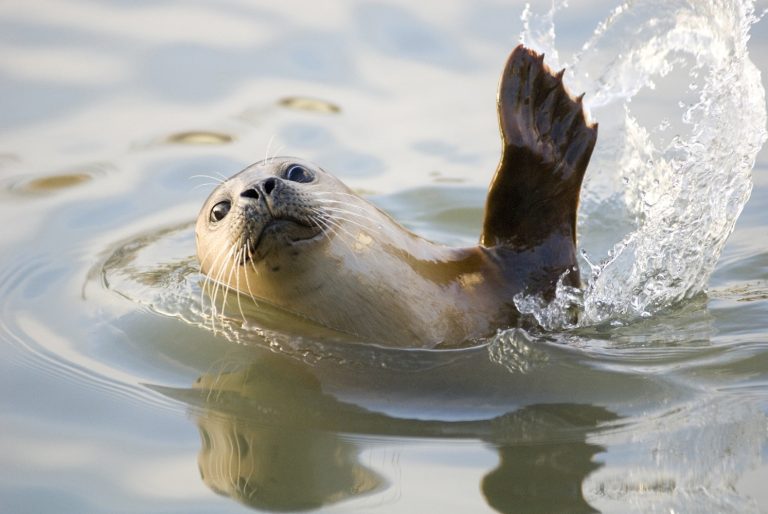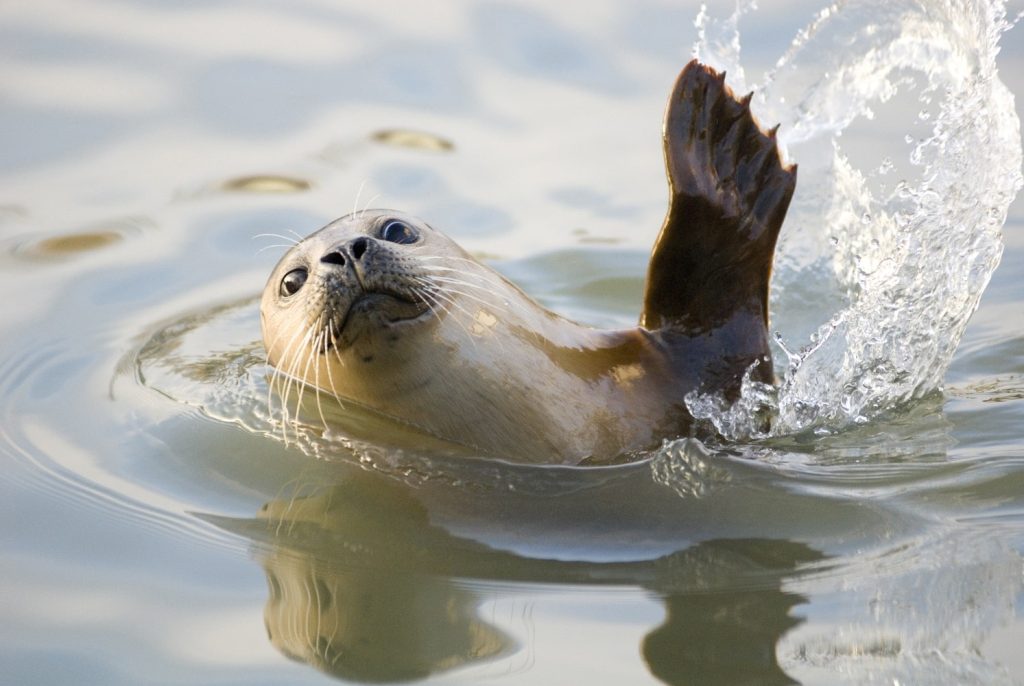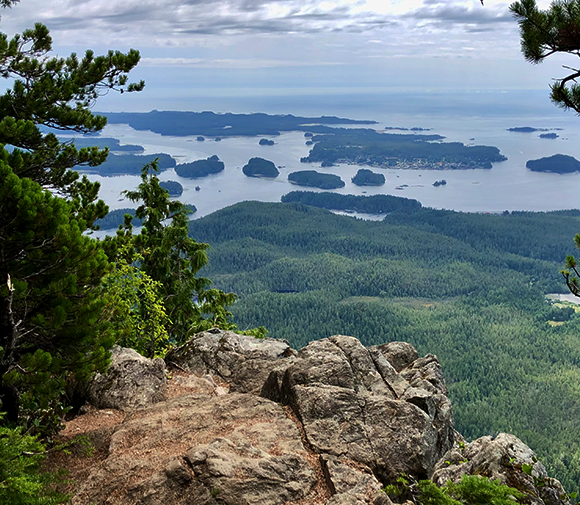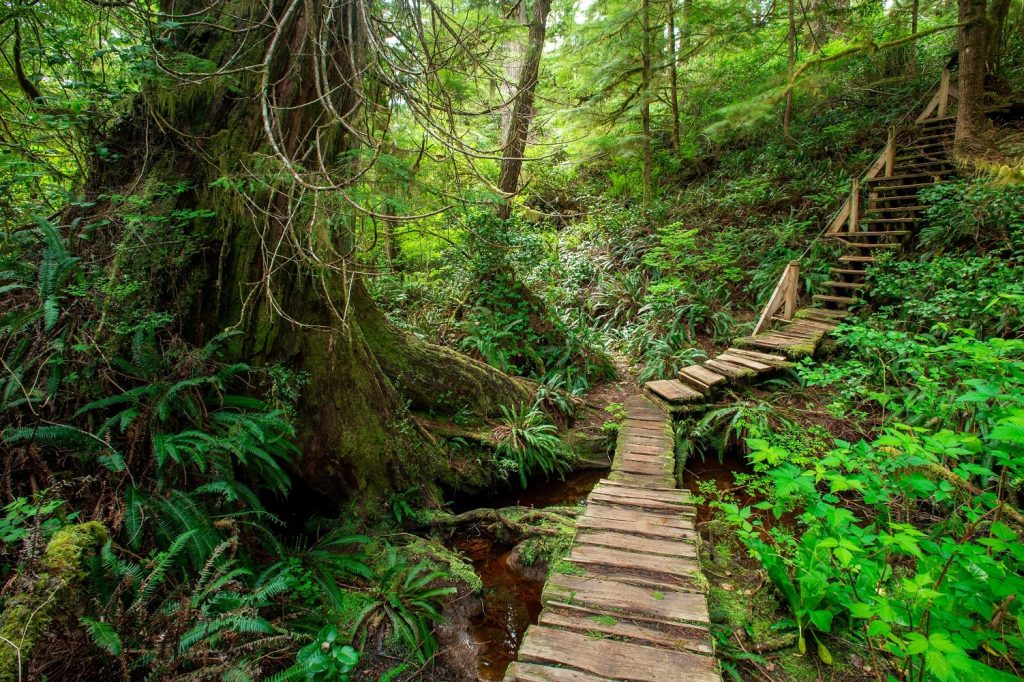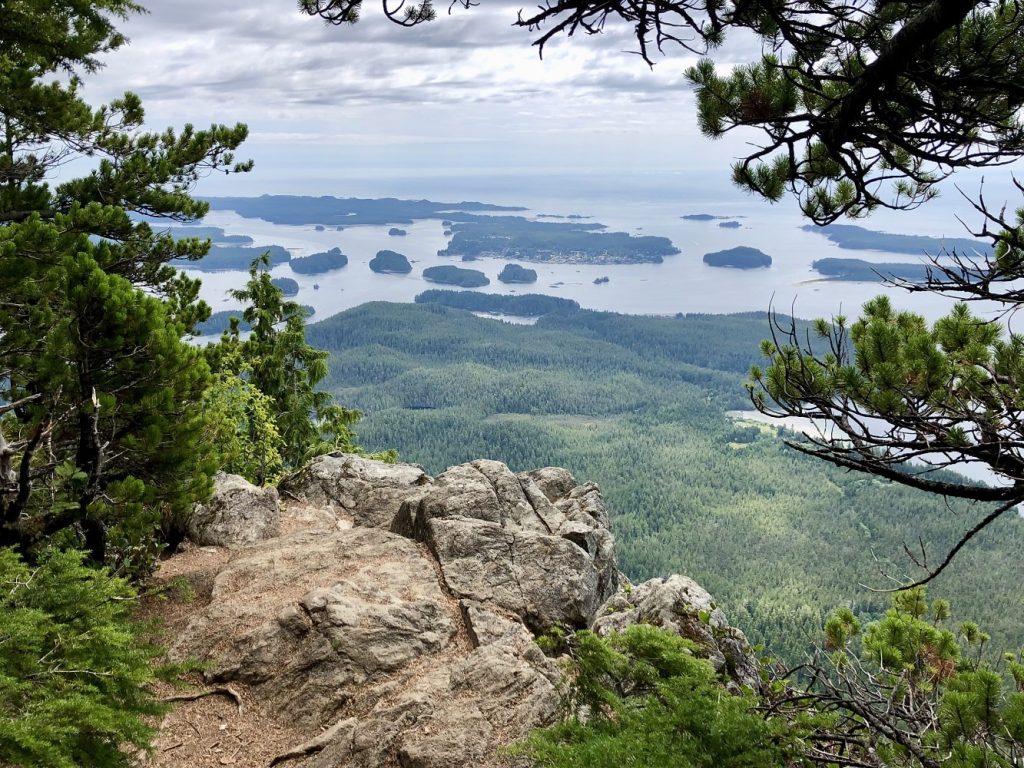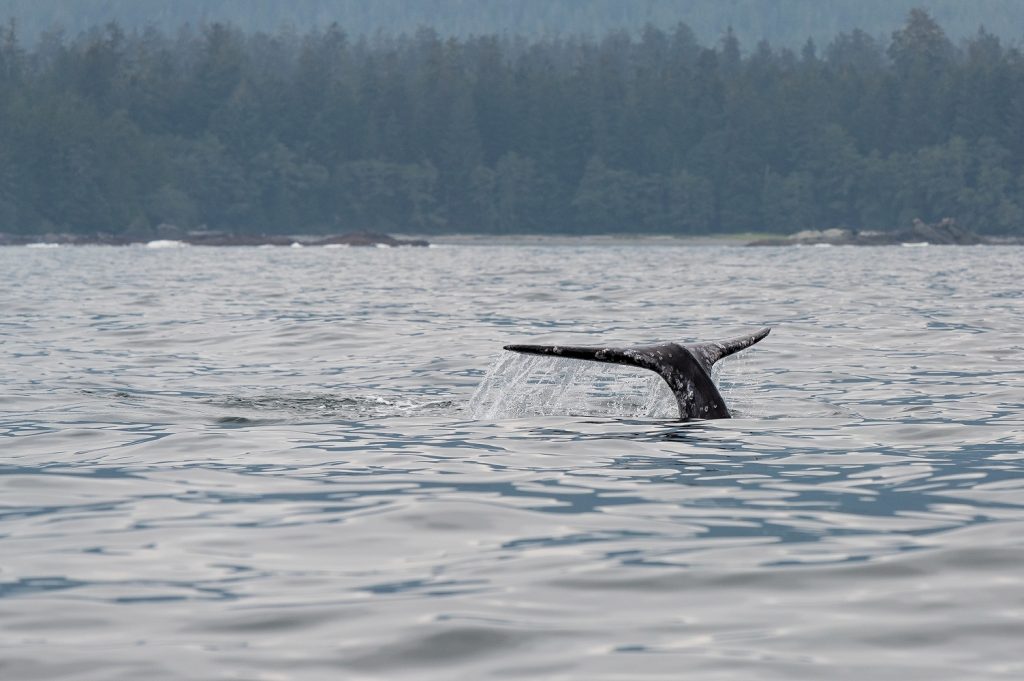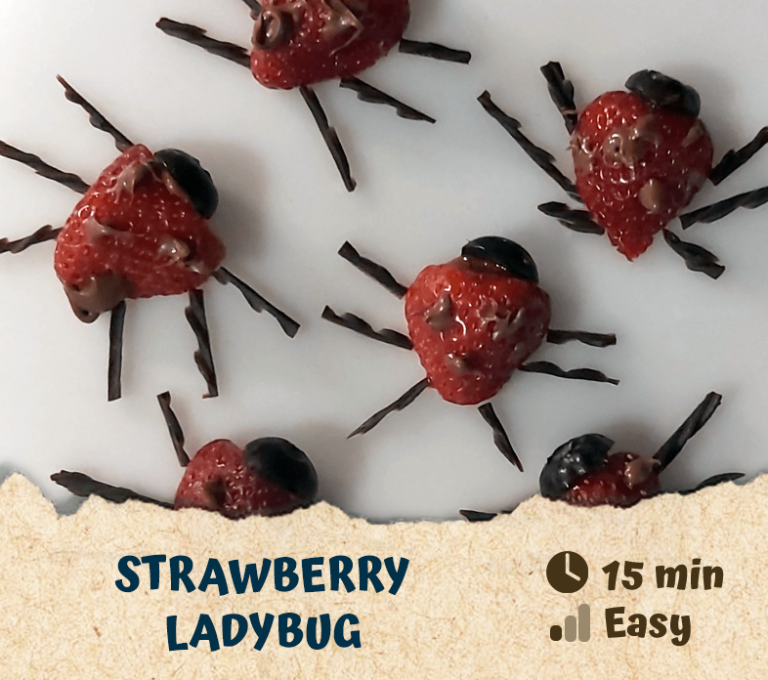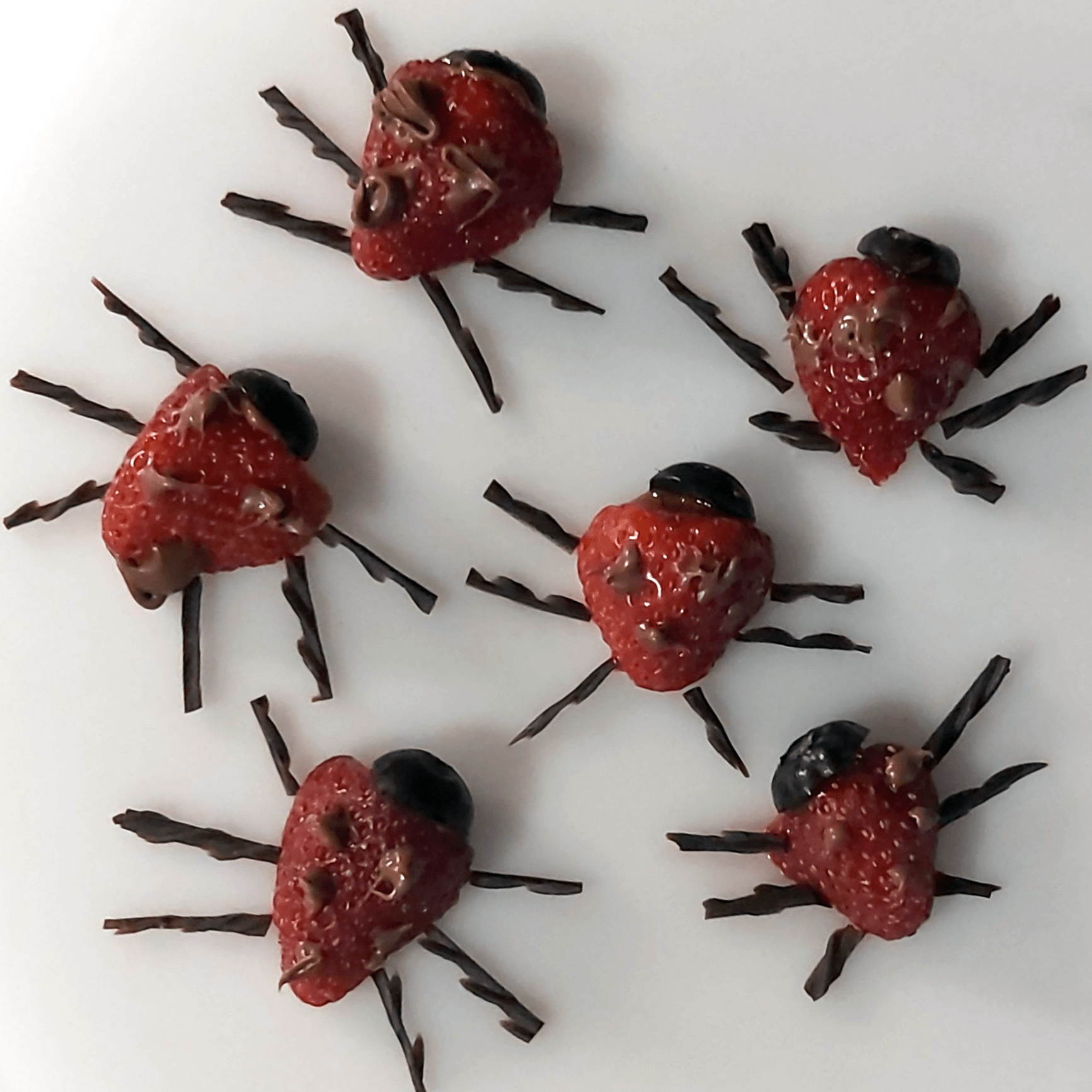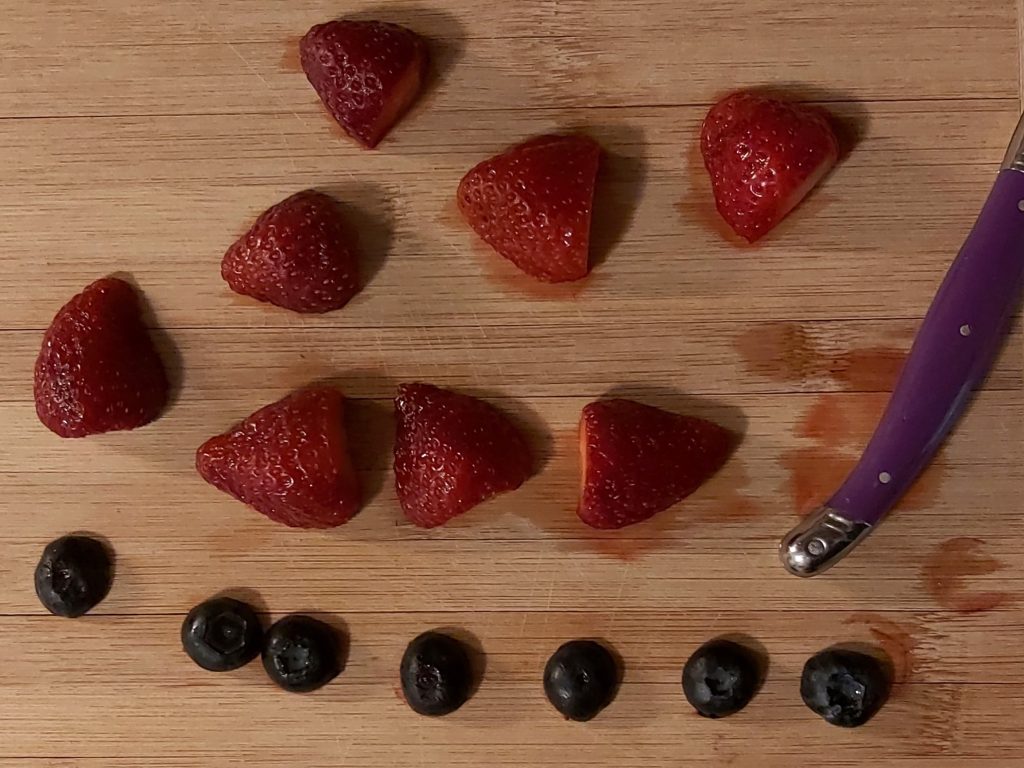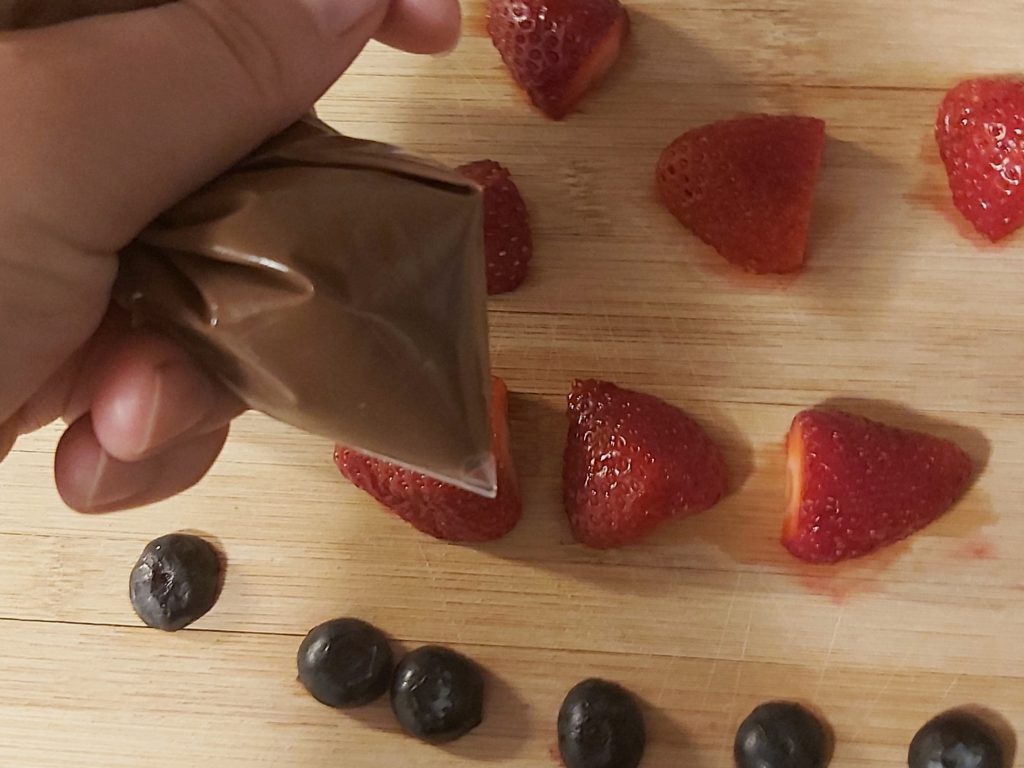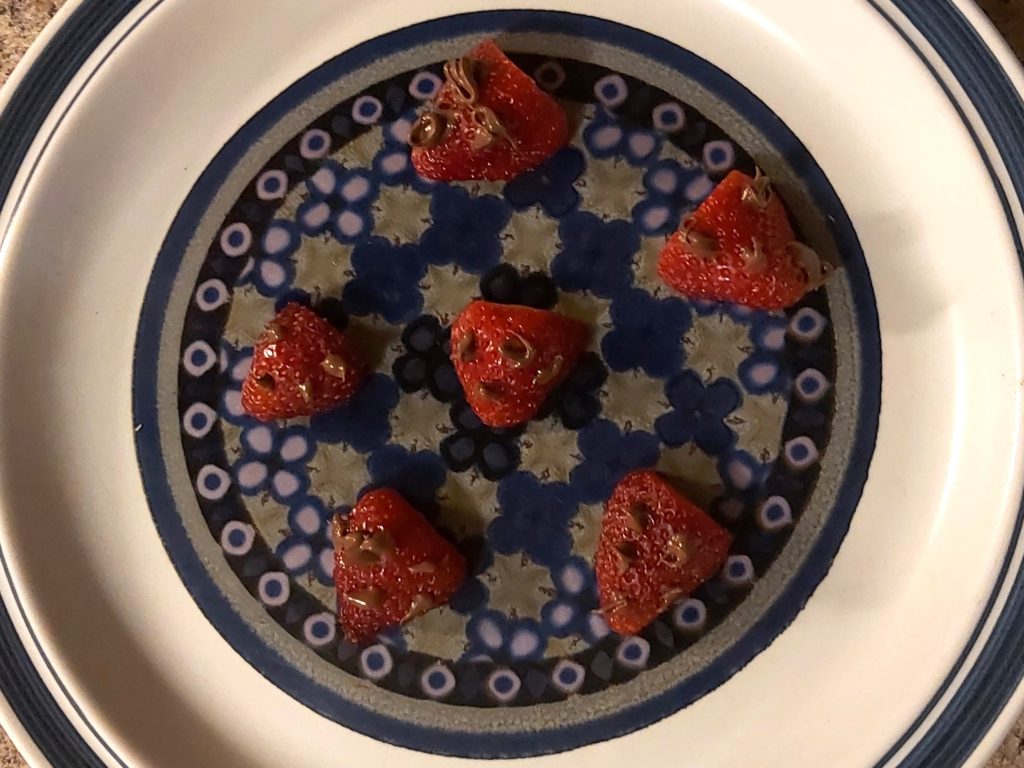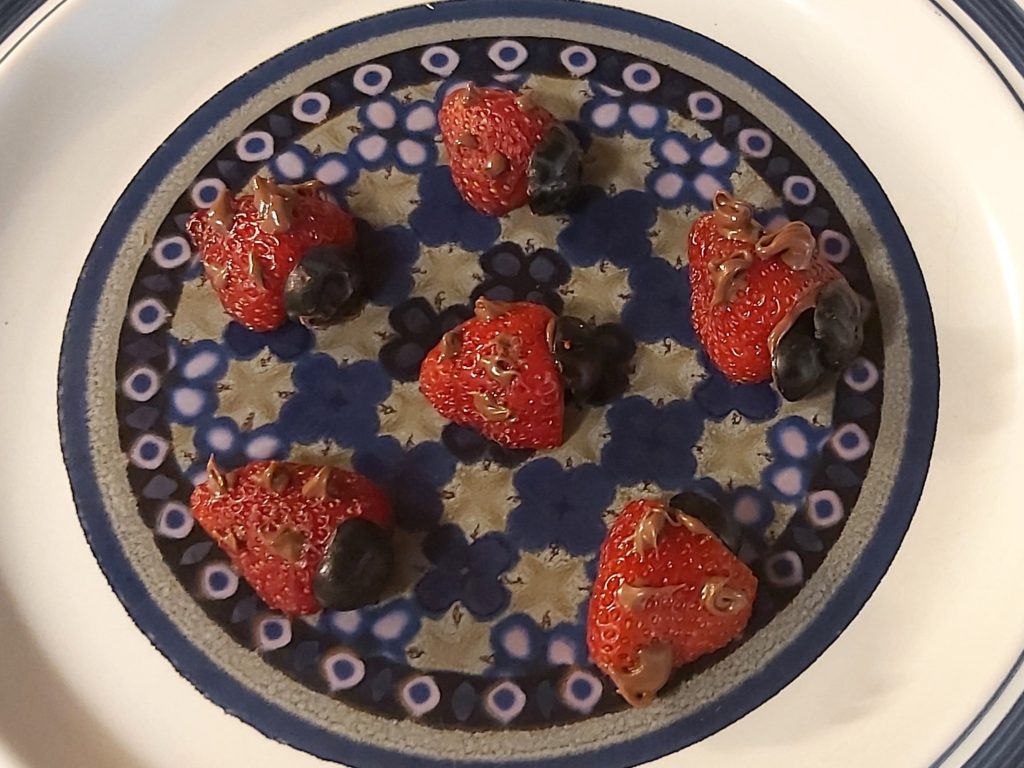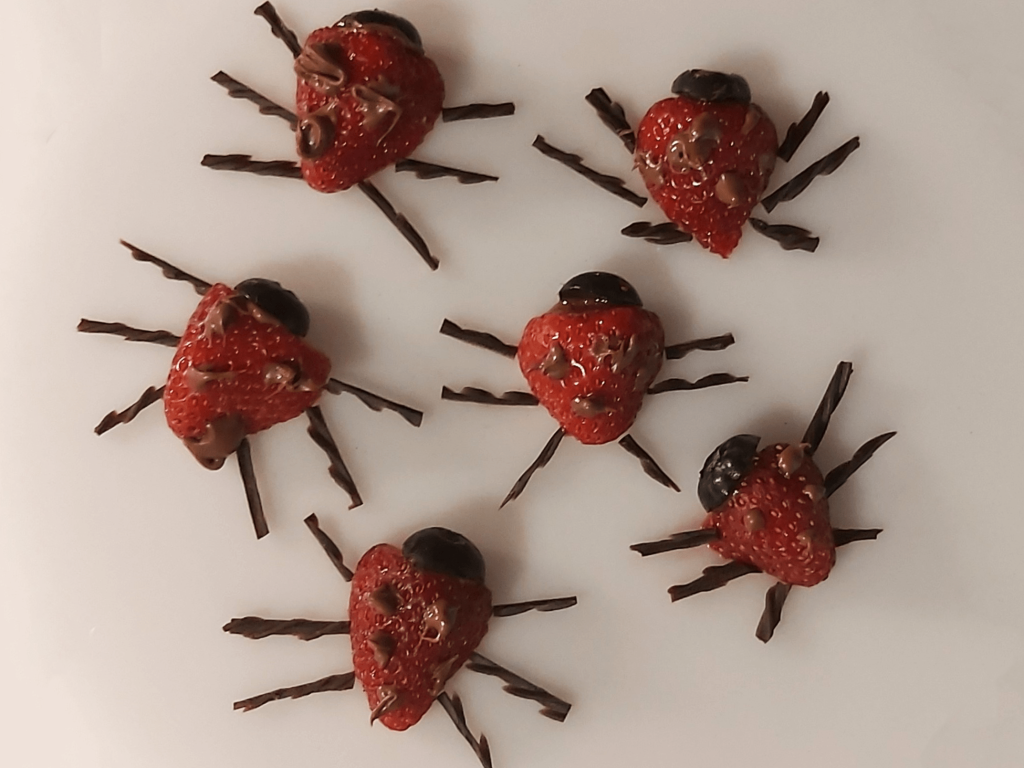Have you ever wondered how marine animals keep clean? Cats use their tongues to clean themselves, and monkeys groom each other as a family, but what about underwater creatures?
Well, it turns out that they enjoy a nice day at the spa. You heard that right: A SPA!
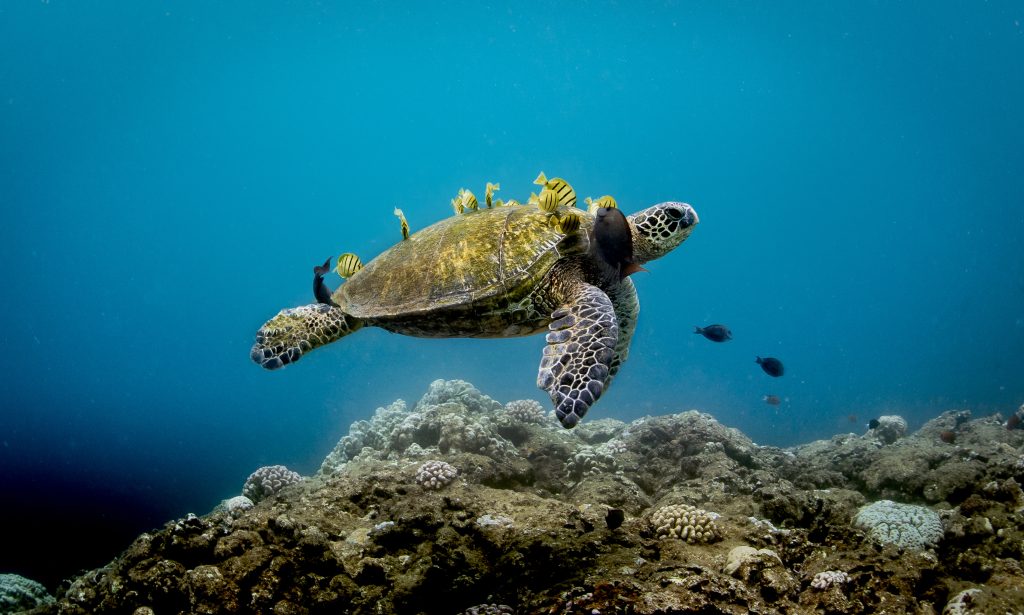
Okay, okay, not a spa exactly. These places are actually more like cleaning stations. Marine animals of all shapes and sizes visit these stations to receive care. Tiny shrimp or fish will clean bigger fish and other sea creatures, nibbling away dead skin, bacteria, and parasites. The smaller fish get to enjoy a meal—and keep the bigger fish healthy in the process!
Which animals work at these special cleaning stations?
- Cleaner Wrasse
- Cleaner Shrimp
- Butterfly Fish
- Neon Goby
- Surgeon Fish
- Parrot Fish
- Angel Fish
- Seabirds
These and several other species attract “clients” like sharks, turtles, rays, and eels. Some of these “clients” open their mouths wide to let “cleaners” pick food and debris from their teeth—just like when you go to the dentist! But even the predators know better than to eat the cleaners!
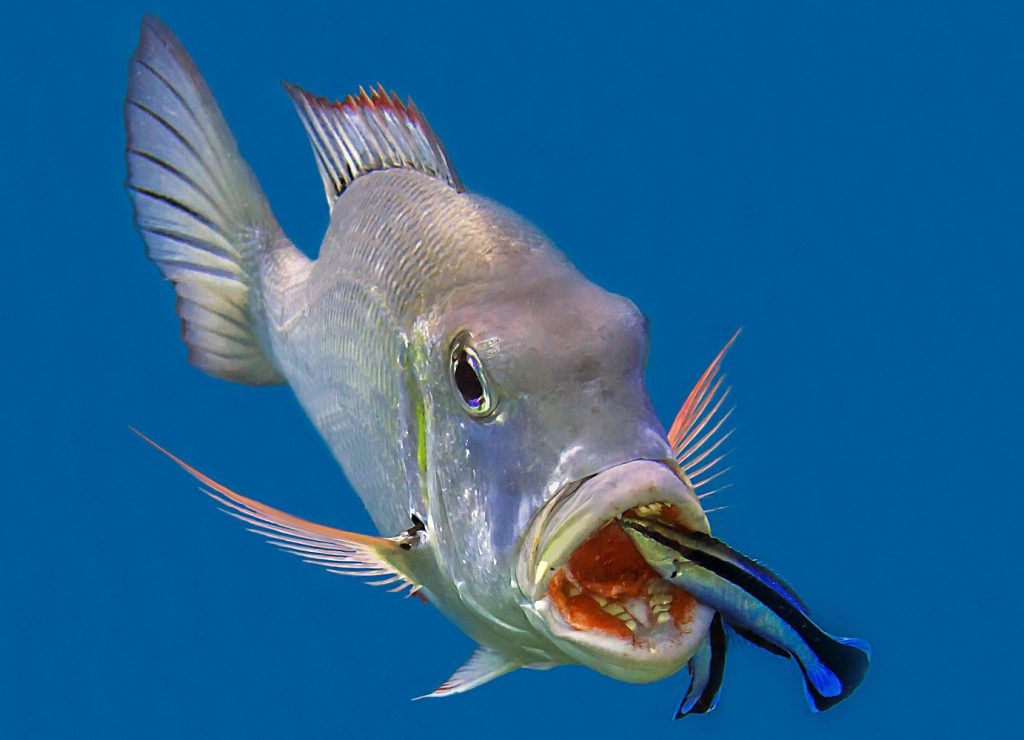
A Cheater!
When you go to the spa, you expect to receive care, right? What if you got the opposite? Let’s say your beautician pinched you. Yikes!
At cleaning stations, a species called the false cleanerfish mimics the look and dance of the cleaner wrasse to lower the client fish’s guard. Instead of cleaning off their clients, this cheater attacks! The clients leave in a huff—which makes it harder for real cleaner fish to get the food they need.
Luckily, both cleaners and clients will punish and chase these cheaters away. Even regular cleaners who try to cheat will be taught a lesson!
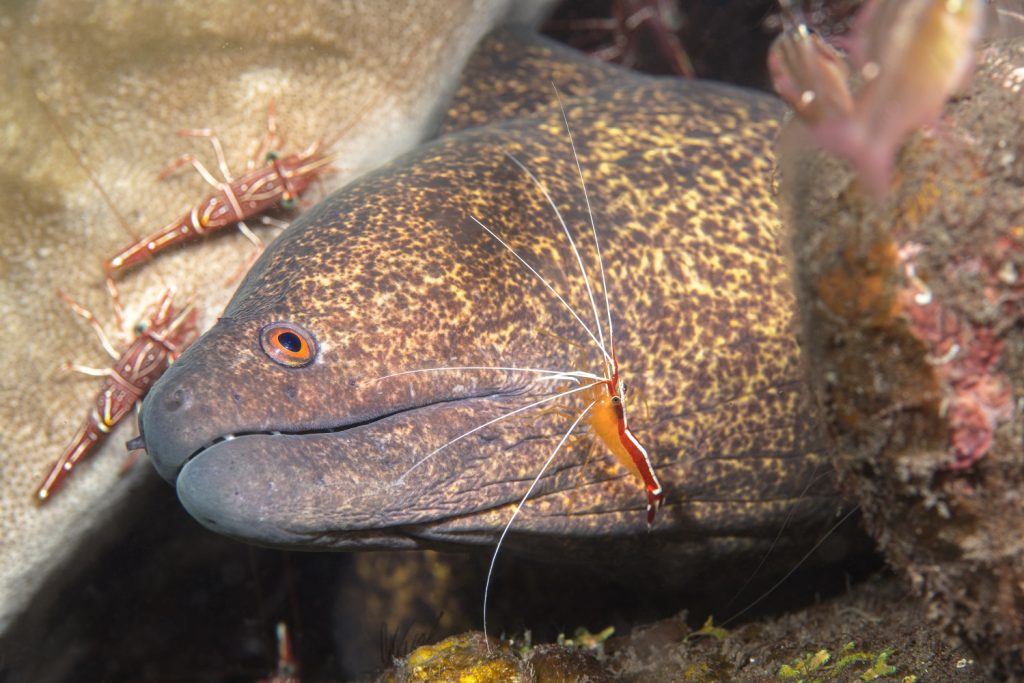
One little problem…
Cleaning stations are often near reefs, which face many threats, including pollution, climate change, illegal fishing, storms, and disease. As the reefs disappear, so do the fish that call them home.
But wait! It’s not too late to do something! We have the power to stop a big threat to cleaning stations: pollution. By keeping our rivers and shores clean, we can reduce the amount of plastic that eventually makes it way to our oceans, harming marine life!
Cleaner fish help keep our oceans clean. Let’s help them, too–by cleaning our shores!
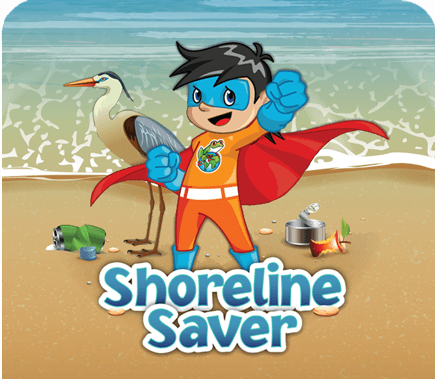
What can you do to help clean up? Accept Shoreline Saver in the Mission section in the Earth Rangers App! You’ll get ton of helpful information to get you well on your way to becoming a shoreline superstar!
Generously supported by
